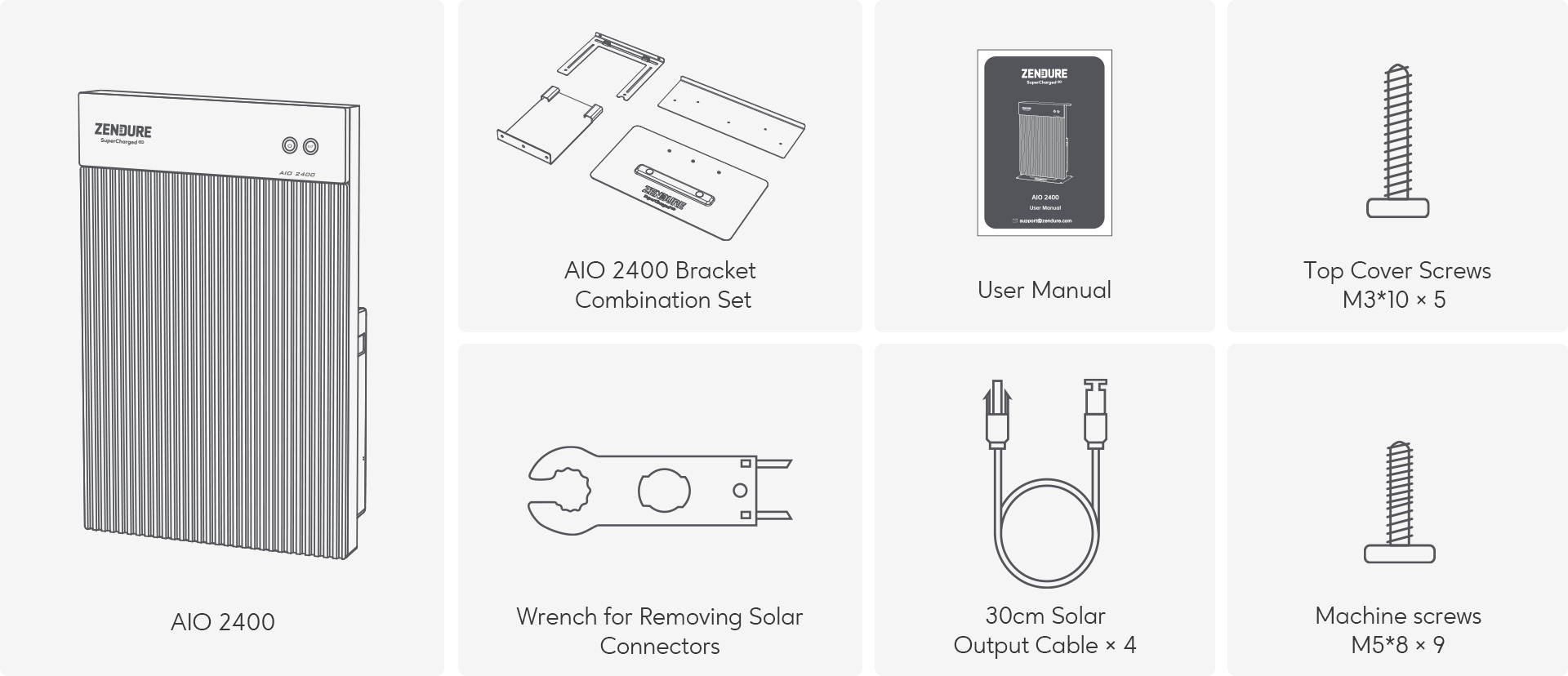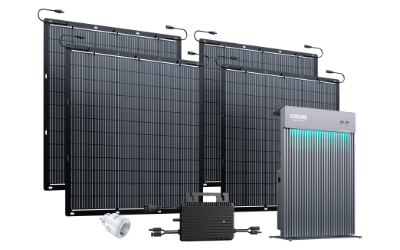

Save up to €642.4 per year on energy
2400 Wh
Efficient solar storage and usage
1200 W
0-1200 W adjustable output with precise control
100%
Self-consumption
A plug-in solar system with 1,500W PV panels and 800W micro-inverter generates up to 4-5 kWh per day for savings of up to 642€ per year.
*Based on an electricity rate of €0.4/kWh.
Sources:ertragsdatenbank.de; bundesregierung.de
AIO 2400
- 3-minute quick installation
- Counter tab battery technology
HOW DOES AIO WORK?
- DAYTIME
- NIGHTTIME
Up to 1,560W solar panel compatibility for full-sun performance
Supports up to 1560W of solar panel for connection to high-wattage solar panels, harnessing more energy from the sun. Store more power for greater energy independence and self-sufficiency.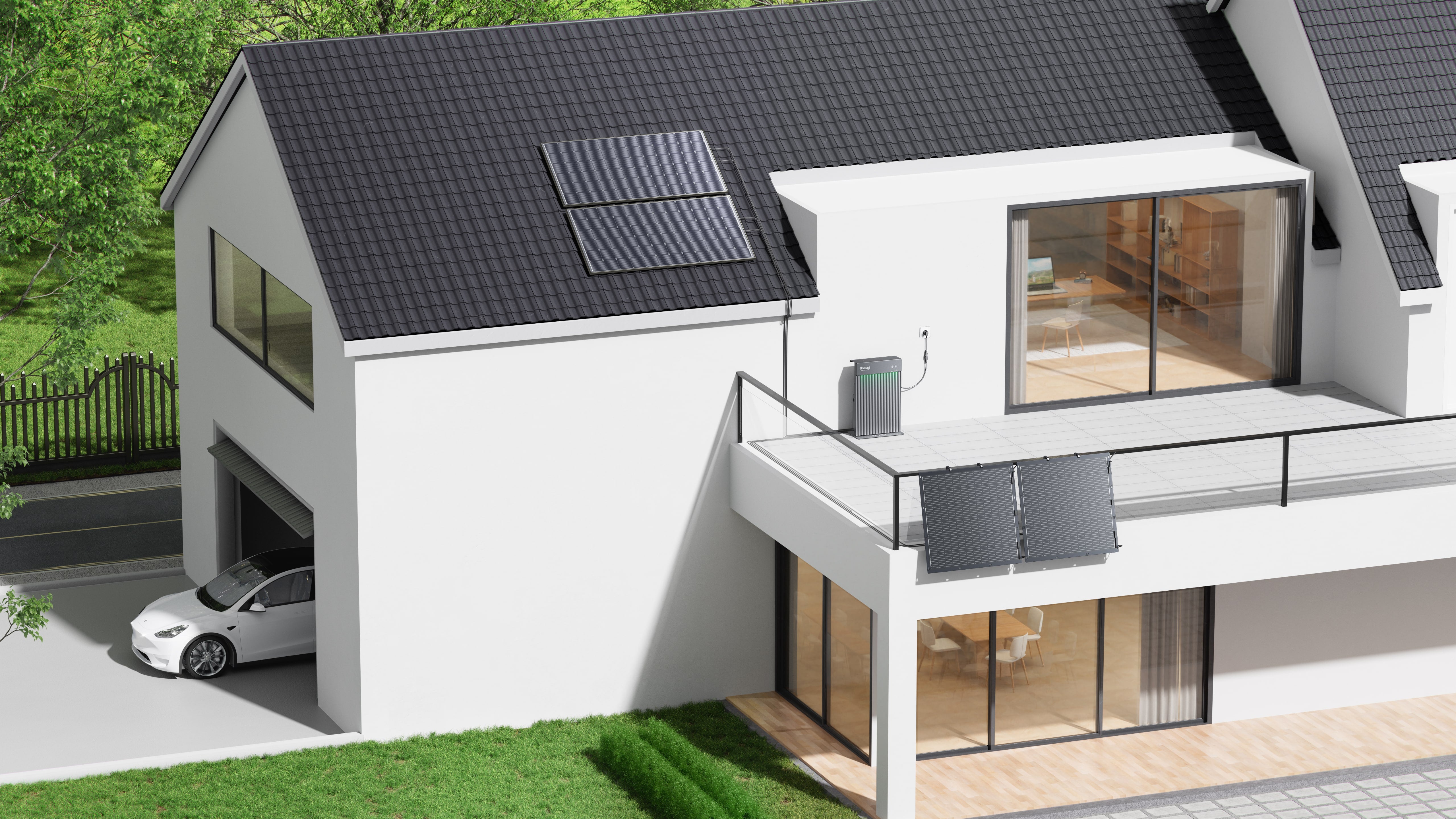
Dual MPPT for maximum power generation and efficiency
Dual MPPT tracks max power point of two solar arrays independently, improving efficiency, reliability and flexibility of the PV system.Intelligent power regulation
AIO quickly adjusts output power using smart meters and smart plugs to match household consumption. This helps better utilize generated power and reduce feed-in to the grid.Supported accessories: Satellite Plug, Satellite Monitor CT, Shelly Pro 3EM, Shelly Plus Plug S.
Works at -20°C
AIO is equipped with an automatic self-heating function that heats the battery to rechargeable temperature and allows the battery to operate in ambient temperatures as low as -20°C.Wiring circuit diagram with multiple solar panels
If more than one solar module is connected to an MPPT input, the modules must be wired in parallel and meet specific requirements:
MPPT1: PV voltage 16-60V, Voc (open-circuit voltage) <60V, Isc (short-circuit current) <16A.
MPPT2: PV voltage 16-60V, Voc (open-circuit voltage) <60V, Isc (short-circuit current) <28A.
*Please note: ① means Solar Panel Extension Cable, ② means Solar Parallel Y Cable, both need to be purchased individually.

- 3 Pieces of Solar Panels
- 4 Pieces of Solar Panels
- 6 Pieces of Solar Panels
- Expand capacity by combining 2 AIOs
No Rainy-Day Worries
Our product’s IP65 rating ensures formidable defense against water and dust, delivering reliable performance indoors and out.
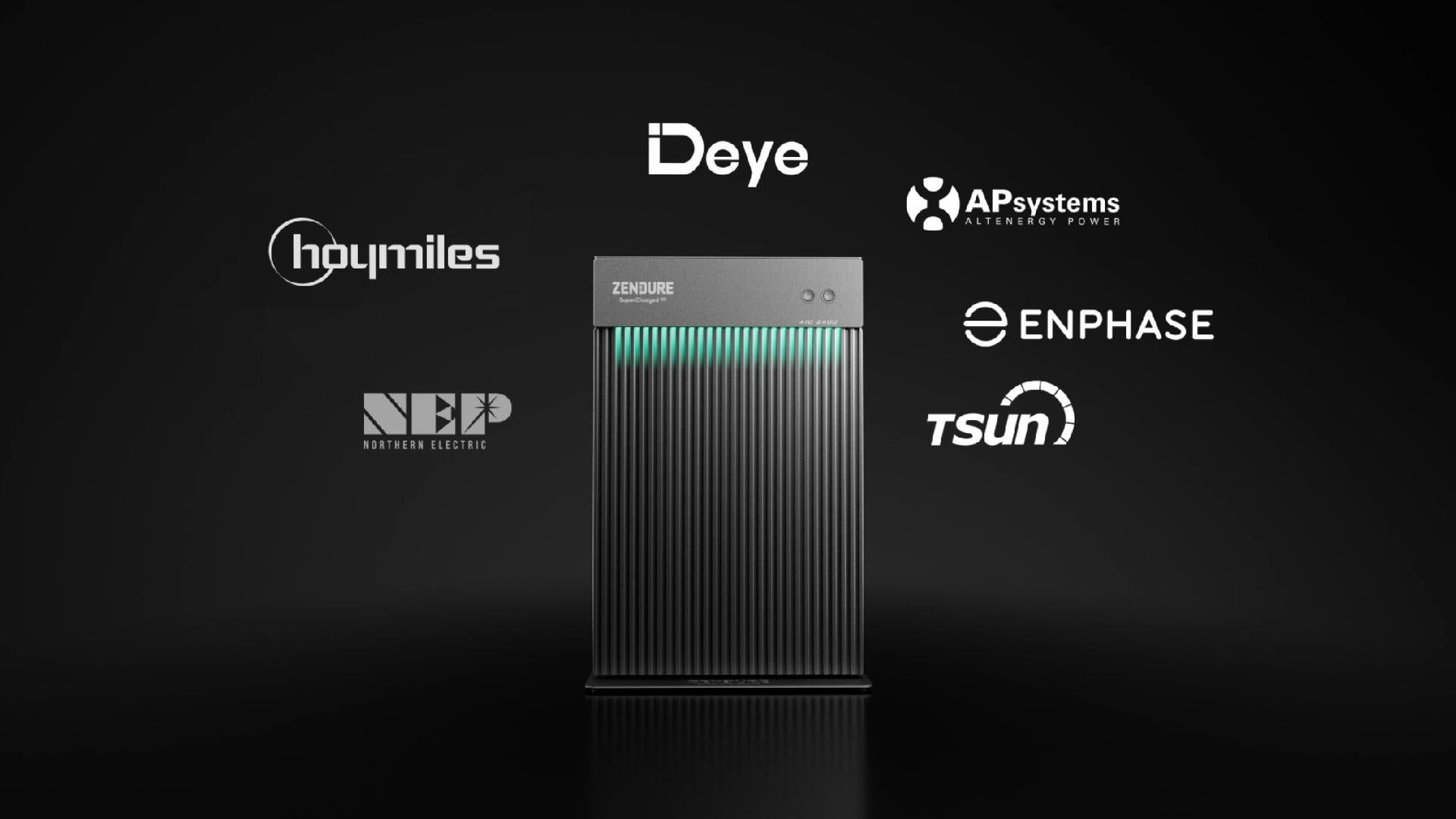
Compatible with 99% microinverters
Expandable Capacity
The AIO solar system's performance and capacity can be increased by connecting two AIOs to a microinverter. With the addition of AIO2400, the connection and commissioning process have been simplified. This system can be easily set up and operated by anyone, even if they have no technical knowledge, in just 5 minutes!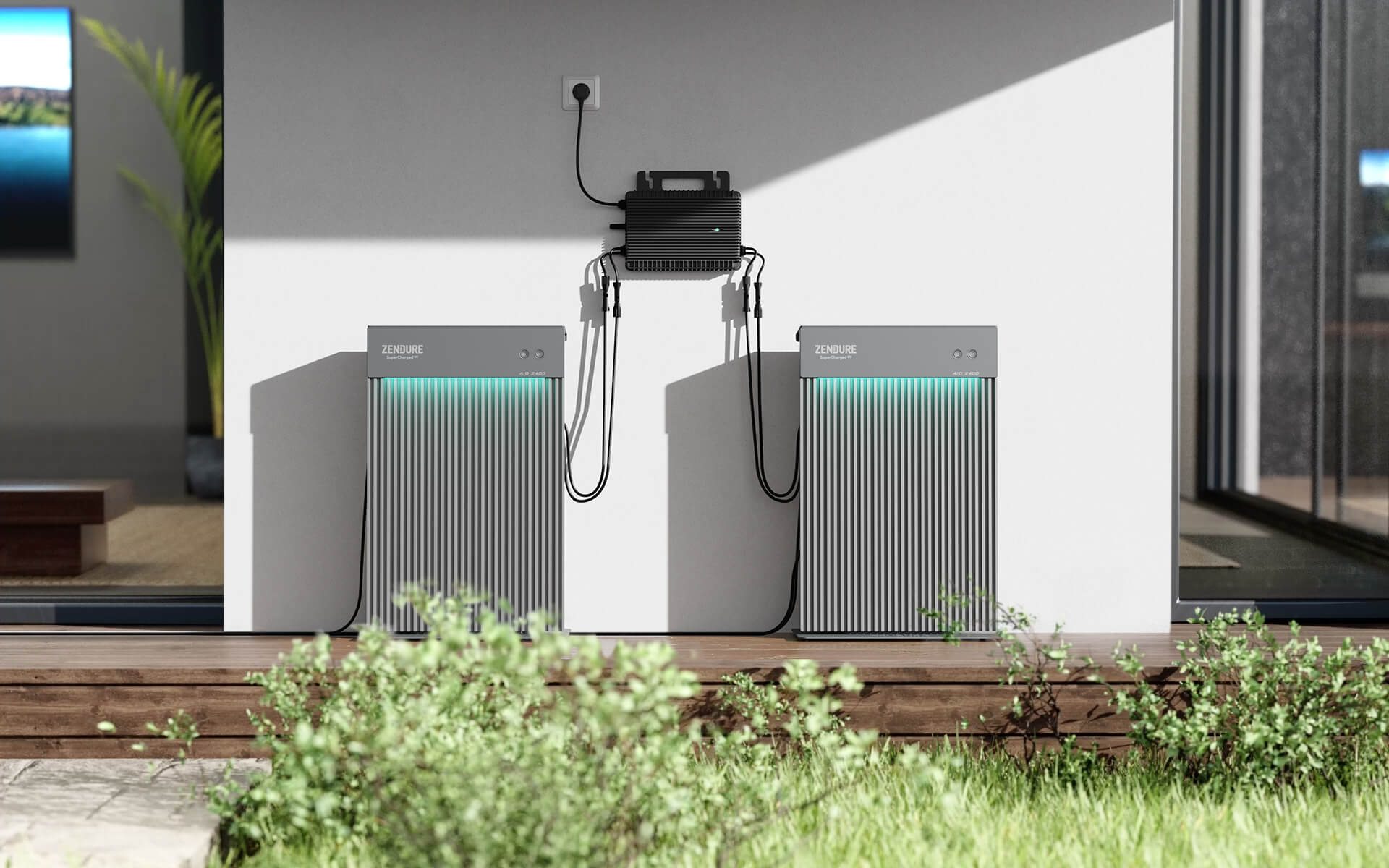
Applicable to various scenarios
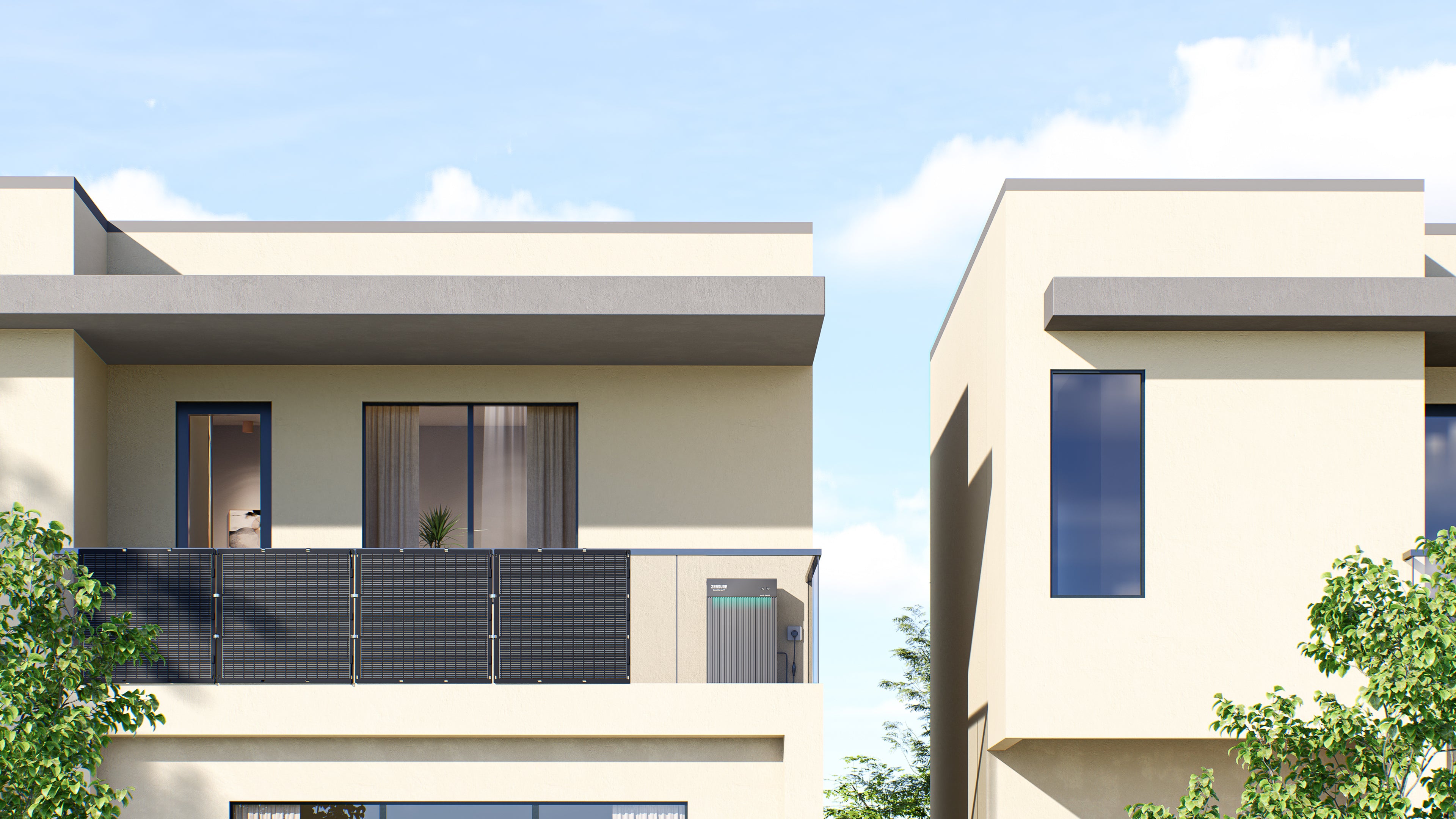
- Apartment
- House
- Garden shed
- Rooftop
Capacity |
|
|
|
|---|---|---|---|
MPPT Input |
|
|
|
Expandable Battery |
|
|
|
Support Microinverter Power |
|
|
|
Battery Type |
|
|
|
Life Cycle |
|
|
|
Smart Power Adjustment |
|
|
|
Support Microinverter |
|
|
|
Waterproof Level |
|
|
|
Minimum adjustment accuracy |
|
|
|
Self-heat Function |
|
|
|
Charging in Low Temperature |
|
|
|
Warranty |
|
|
|
Model: ZDAIO2400
Dimensions (W x D x H): 657 × 427 × 150 mm
Net Weight (Without Bracket and Top Cover): ≈31.3 kg
A balcony energy storage system consists of solar panels, a solar energy module, batteries, and a micro-inverter. You can order a combination of solar panels, AIO 2400 and a microinverter on the purchase page.
Solar panels often produce more power than a home needs at various points throughout the day. The excess energy is fed to the grid with no benefit to the person who generated it. AIO 2400 lets you make the most of your solar panels by routing the extra energy to at-home storage so you can use it later and reduce your energy costs. It also has a one-piece design that is easy to install and doesn't require drilling.
AIO 2400 uses automotive-grade lithium iron phosphate (LiFePO4) battery cells. The battery has a 2,400Wh capacity and a cycle life of 8,000 with 70% capacity remaining after.
Our AIO 2400 has dual MPPTs. To make the most of this, we recommend that you connect solar panels whose maximum output is slightly greater than the rated input for each MPPT (MPPT1: 440W~520W; MPPT2: 880W~1040W). This would mean about 1,320 to1,560W total.
Please note that the Voc (open-circuit voltage) to each MPPT must be lower than 60V, and the current to MPPT1 and MPPT2 should not exceed 16A and 28A, respectively.
The solar panels connected to each MPPT should conform to the requirements below:
MPPT1: The PV's voltage should be between 16V and 60V. The Voc (open-circuit voltage) should be lower than 60V and the Isc (short-circuit current) should not exceed 16A.
MPPT2: The PV's voltage should be between 16V and 60V. The Voc (open-circuit voltage) should be lower than 60V and the Isc (short-circuit current) should not exceed 28A.
No, they are not compatible with AIO 2400.
FCC, CA65, CE, RoSH, and REACH.
First, check with your local regulations to determine how much power a balcony system can supply to the household. It's usually around 600W-800W.
Then select suitable solar panels for AIO 2400. We recommend 440W-520W for MPPT1 and 880W-1,040W for MPPT2.
AIO 2400 is connected between the PV panels and the microinverter. The PV energy is intelligently distributed to the microinverter to power the house through the AIO 2400 (the output power from the AIO to the microinverter can be set in the Zendure app, adjustable from 0-1,200W), and the excess power is stored in the built-in battery.
- When the PV power generation is more than the amount set in the app, AIO 2400 will store the excess in the built-in battery.
- When the PV generation is less than the household demand, AIO 2400 discharges the built-in battery to supplement the available PV power.
- When there is no PV power being generated at night, the AIO 2400 powers the home using the built-in battery.
AIO's output power can also be programmed to adjust according to a compatible smart meter or other monitoring equipment.
In ambient temperatures of -20°C~0°C, the AIO will use some PV energy to start the self-heating process, and the AIO's built-in battery will start charging after the battery cell temperature reaches 0°C~5°C.
If you want your AIO to automatically adjust output power to the microinverter, you can pair it with compatible smart meters and smart plugs. AIO supports Shelly Pro 3EM, Shelly 3EM, Zendure Satellite Monitor CT, Zendure Satellite Plug, and Shelly Plus Plug S.
The self-heating feature of AIO 2400 is fully automatic. If your AIO 2400 does not turn on the self-heating feature at low temperatures, please contact Zendure customer service.
Determining your daily energy consumption is an important step in configuring the right system for your needs. The goal is to generate more energy than you need during the day so that the surplus energy is stored and is sufficient to cover your evening consumption.
After sunset, check your energy meter and write down the reading. Then, after sunrise, take another reading and write this down. The difference between these two figures is the energy consumed. At the next sunset, read the meter again and subtract the sunrise figure to calculate the energy you used during the day.
Please keep in mind that energy usage and daylight availability fluctuate depending on the weather and the season. It may be helpful to project energy consumption for other seasons by checking the rated power consumption of your major appliances and anticipating how much more/less they will be used throughout the year. Power consumption information is often provided by the manufacturer but can also be determined using smart plugs with energy monitoring capability.




![[Pre-Sale] AIO 2400](
//eu.zendure.com/cdn/shop/files/aio-2400-product-reward.png?v=1709608153&width=360 360w,
//eu.zendure.com/cdn/shop/files/aio-2400-product-reward.png?v=1709608153&width=540 540w,
//eu.zendure.com/cdn/shop/files/aio-2400-product-reward.png?v=1709608153&width=720 720w,
//eu.zendure.com/cdn/shop/files/aio-2400-product-reward.png?v=1709608153&width=900 900w,
//eu.zendure.com/cdn/shop/files/aio-2400-product-reward.png?v=1709608153&width=1080 1080w,
)
![[Pre-Sale] AIO 2400](
//eu.zendure.com/cdn/shop/files/AIO-2400-front.png?v=1710240492&width=360 360w,
//eu.zendure.com/cdn/shop/files/AIO-2400-front.png?v=1710240492&width=540 540w,
//eu.zendure.com/cdn/shop/files/AIO-2400-front.png?v=1710240492&width=720 720w,
//eu.zendure.com/cdn/shop/files/AIO-2400-front.png?v=1710240492&width=900 900w,
//eu.zendure.com/cdn/shop/files/AIO-2400-front.png?v=1710240492&width=1080 1080w,
)
![[Pre-Sale] AIO 2400](
//eu.zendure.com/cdn/shop/files/aio-2400-product-application-scence.png?v=1710240492&width=360 360w,
//eu.zendure.com/cdn/shop/files/aio-2400-product-application-scence.png?v=1710240492&width=540 540w,
//eu.zendure.com/cdn/shop/files/aio-2400-product-application-scence.png?v=1710240492&width=720 720w,
//eu.zendure.com/cdn/shop/files/aio-2400-product-application-scence.png?v=1710240492&width=900 900w,
//eu.zendure.com/cdn/shop/files/aio-2400-product-application-scence.png?v=1710240492&width=1080 1080w,
)
![[Pre-Sale] AIO 2400](
//eu.zendure.com/cdn/shop/files/AIO-2400-hmt-4-panels.png?v=1710240492&width=360 360w,
//eu.zendure.com/cdn/shop/files/AIO-2400-hmt-4-panels.png?v=1710240492&width=540 540w,
//eu.zendure.com/cdn/shop/files/AIO-2400-hmt-4-panels.png?v=1710240492&width=720 720w,
//eu.zendure.com/cdn/shop/files/AIO-2400-hmt-4-panels.png?v=1710240492&width=900 900w,
//eu.zendure.com/cdn/shop/files/AIO-2400-hmt-4-panels.png?v=1710240492&width=1080 1080w,
)
![[Pre-Sale] AIO 2400](
//eu.zendure.com/cdn/shop/files/AIO-2400-hmt-6-panels.png?v=1710240488&width=360 360w,
//eu.zendure.com/cdn/shop/files/AIO-2400-hmt-6-panels.png?v=1710240488&width=540 540w,
//eu.zendure.com/cdn/shop/files/AIO-2400-hmt-6-panels.png?v=1710240488&width=720 720w,
//eu.zendure.com/cdn/shop/files/AIO-2400-hmt-6-panels.png?v=1710240488&width=900 900w,
//eu.zendure.com/cdn/shop/files/AIO-2400-hmt-6-panels.png?v=1710240488&width=1080 1080w,
)
![[Pre-Sale] AIO 2400](
//eu.zendure.com/cdn/shop/files/AIO-2400-left-side.png?v=1710240488&width=360 360w,
//eu.zendure.com/cdn/shop/files/AIO-2400-left-side.png?v=1710240488&width=540 540w,
//eu.zendure.com/cdn/shop/files/AIO-2400-left-side.png?v=1710240488&width=720 720w,
//eu.zendure.com/cdn/shop/files/AIO-2400-left-side.png?v=1710240488&width=900 900w,
//eu.zendure.com/cdn/shop/files/AIO-2400-left-side.png?v=1710240488&width=1080 1080w,
)
![[Pre-Sale] AIO 2400](
//eu.zendure.com/cdn/shop/files/AIO-2400-back.png?v=1710240488&width=360 360w,
//eu.zendure.com/cdn/shop/files/AIO-2400-back.png?v=1710240488&width=540 540w,
//eu.zendure.com/cdn/shop/files/AIO-2400-back.png?v=1710240488&width=720 720w,
//eu.zendure.com/cdn/shop/files/AIO-2400-back.png?v=1710240488&width=900 900w,
//eu.zendure.com/cdn/shop/files/AIO-2400-back.png?v=1710240488&width=1080 1080w,
)
![[Pre-Sale] AIO 2400](
//eu.zendure.com/cdn/shop/files/AIO-2400-leftrear.png?v=1710240488&width=360 360w,
//eu.zendure.com/cdn/shop/files/AIO-2400-leftrear.png?v=1710240488&width=540 540w,
//eu.zendure.com/cdn/shop/files/AIO-2400-leftrear.png?v=1710240488&width=720 720w,
//eu.zendure.com/cdn/shop/files/AIO-2400-leftrear.png?v=1710240488&width=900 900w,
//eu.zendure.com/cdn/shop/files/AIO-2400-leftrear.png?v=1710240488&width=1080 1080w,
)
![[Pre-Sale] AIO 2400](
//eu.zendure.com/cdn/shop/files/AIO-2400-left-back.png?v=1710240488&width=360 360w,
//eu.zendure.com/cdn/shop/files/AIO-2400-left-back.png?v=1710240488&width=540 540w,
//eu.zendure.com/cdn/shop/files/AIO-2400-left-back.png?v=1710240488&width=720 720w,
//eu.zendure.com/cdn/shop/files/AIO-2400-left-back.png?v=1710240488&width=900 900w,
//eu.zendure.com/cdn/shop/files/AIO-2400-left-back.png?v=1710240488&width=1080 1080w,
)
![[Pre-Sale] AIO 2400](
//eu.zendure.com/cdn/shop/files/AIO-2400-elements.png?v=1710240488&width=360 360w,
//eu.zendure.com/cdn/shop/files/AIO-2400-elements.png?v=1710240488&width=540 540w,
//eu.zendure.com/cdn/shop/files/AIO-2400-elements.png?v=1710240488&width=720 720w,
//eu.zendure.com/cdn/shop/files/AIO-2400-elements.png?v=1710240488&width=900 900w,
//eu.zendure.com/cdn/shop/files/AIO-2400-elements.png?v=1710240488&width=1080 1080w,
)
![[Pre-Sale] AIO 2400](http://eu.zendure.com/cdn/shop/files/aio-2400-product-reward.png?v=1709608153&width=540)
![[Pre-Sale] AIO 2400](http://eu.zendure.com/cdn/shop/files/AIO-2400-front.png?v=1710240492&width=540)
![[Pre-Sale] AIO 2400](http://eu.zendure.com/cdn/shop/files/aio-2400-product-application-scence.png?v=1710240492&width=540)
![[Pre-Sale] AIO 2400](http://eu.zendure.com/cdn/shop/files/AIO-2400-hmt-4-panels.png?v=1710240492&width=540)
![[Pre-Sale] AIO 2400](http://eu.zendure.com/cdn/shop/files/AIO-2400-hmt-6-panels.png?v=1710240488&width=540)
![[Pre-Sale] AIO 2400](http://eu.zendure.com/cdn/shop/files/AIO-2400-left-side.png?v=1710240488&width=540)
![[Pre-Sale] AIO 2400](http://eu.zendure.com/cdn/shop/files/AIO-2400-back.png?v=1710240488&width=540)
![[Pre-Sale] AIO 2400](http://eu.zendure.com/cdn/shop/files/AIO-2400-leftrear.png?v=1710240488&width=540)
![[Pre-Sale] AIO 2400](http://eu.zendure.com/cdn/shop/files/AIO-2400-left-back.png?v=1710240488&width=540)
![[Pre-Sale] AIO 2400](http://eu.zendure.com/cdn/shop/files/AIO-2400-elements.png?v=1710240488&width=540)






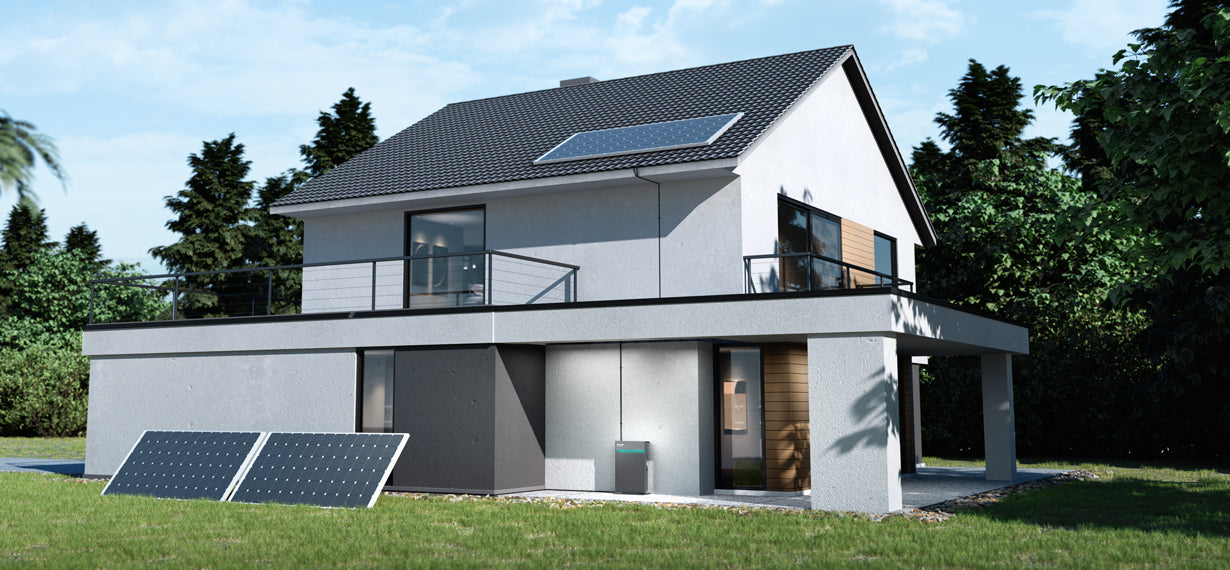

![[Pre-sale] SolarFlow Hub 2000](http://eu.zendure.com/cdn/shop/files/solarflow-hub2000-ab2000-product.png?v=1706682327&width=1600)
![[Pre-Sale] AIO 2400](http://eu.zendure.com/cdn/shop/files/AIO-2400-front.png?v=1710240492&width=3000)
